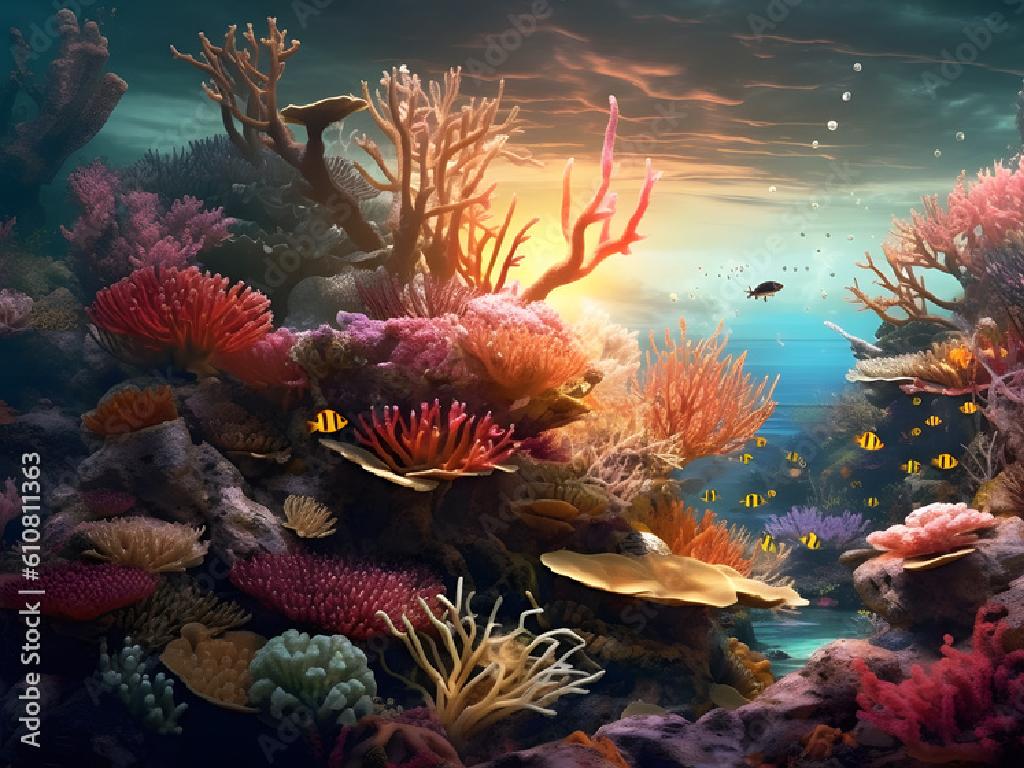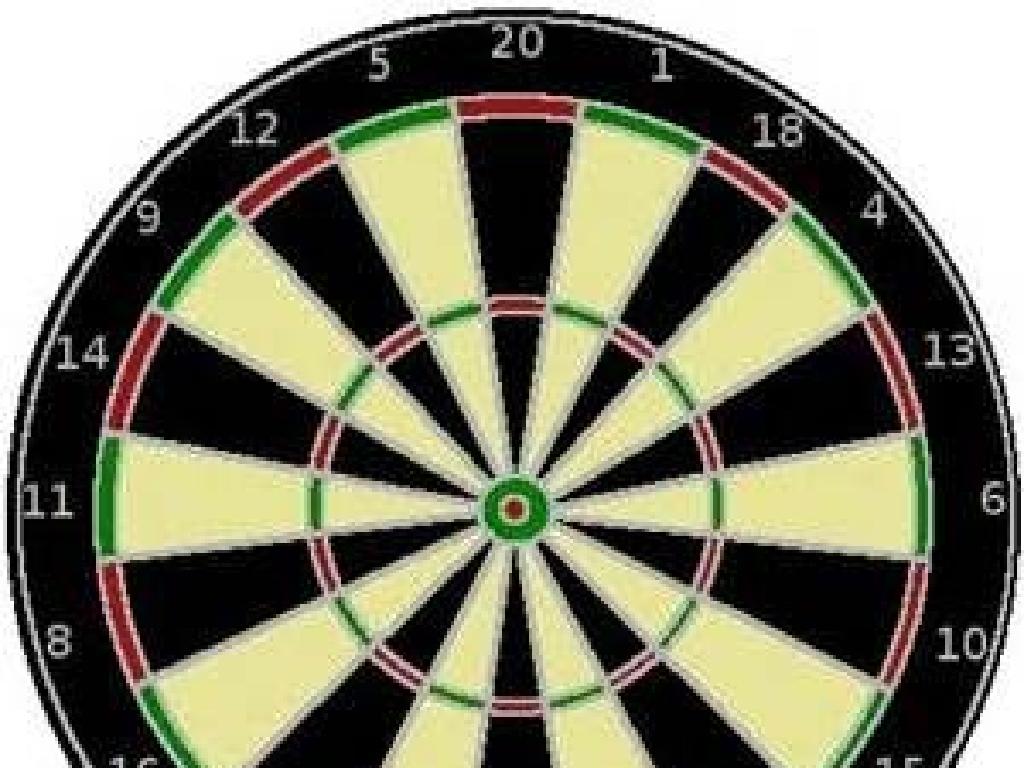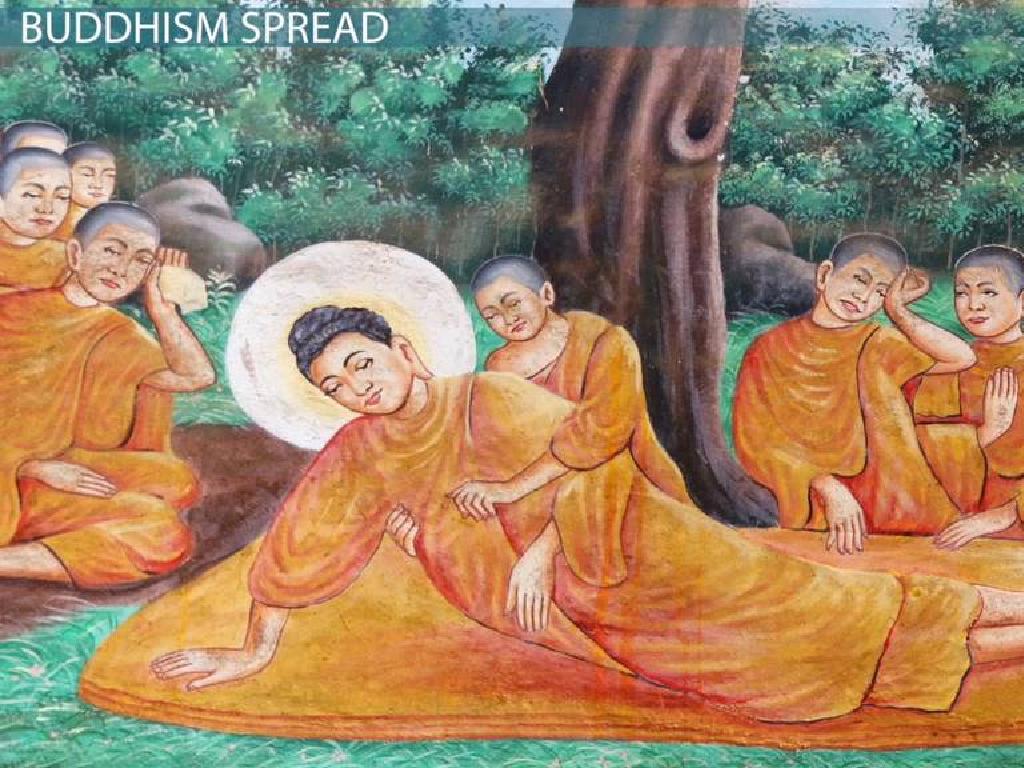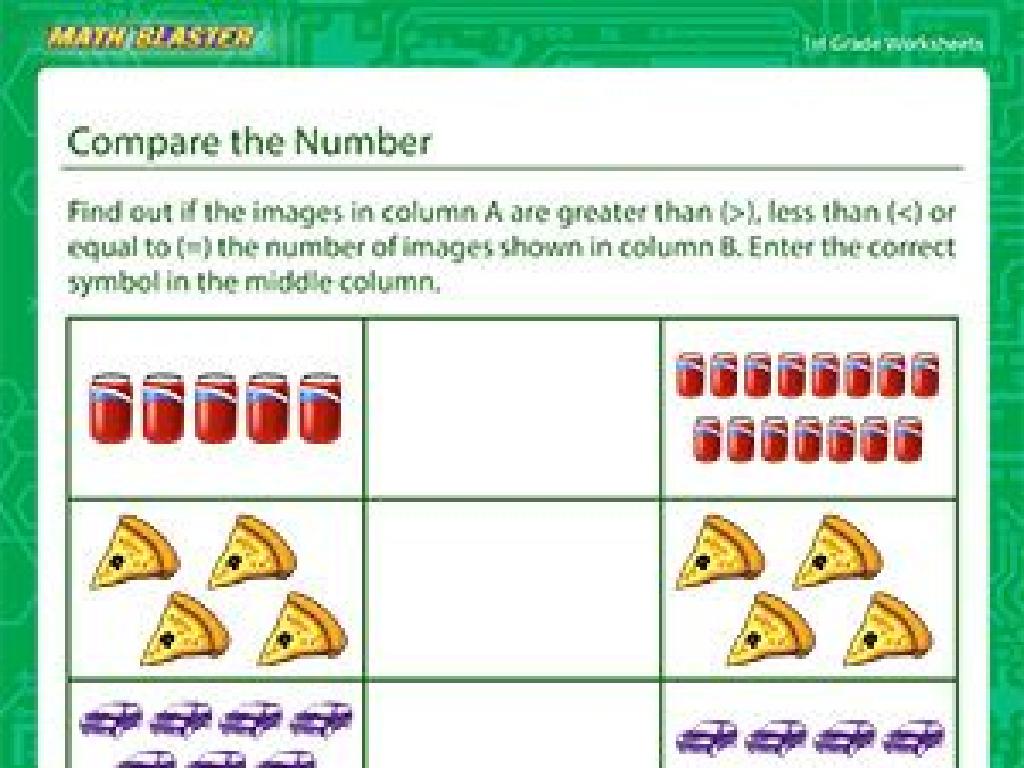How Does Matter Move In Food Chains?
Subject: Science
Grade: Third grade
Topic: Ecosystems
Please LOG IN to download the presentation. Access is available to registered users only.
View More Content
Exploring Ecosystems: Food Chains
– What is an ecosystem?
– A community of living things interacting with their environment.
– Components of ecosystems
– Living things (plants, animals) and non-living things (rocks, water).
– Introduction to food chains
– A sequence of who eats whom in the natural world.
– Matter movement in food chains
– Matter moves as animals eat plants or other animals.
|
This slide introduces the concept of ecosystems to third-grade students, focusing on food chains as a key component. Begin by explaining what an ecosystem is, emphasizing the interaction between living and non-living things. Discuss the different components that make up an ecosystem, such as plants, animals, rocks, and water. Introduce food chains as a way to understand how energy and matter move through an ecosystem, with each link in the chain representing a different organism. Explain that matter moves through the ecosystem when one organism consumes another, whether it’s a plant or animal. Use simple, relatable examples like a small fish being eaten by a larger fish, which might then be eaten by a bear. Encourage students to think of their own examples of food chains they may have observed in their surroundings.
What is Matter in Food Chains?
– Everything is made of matter
– Matter makes up all things
– Matter examples: Air, Water, Rocks
– Matter is in everything we touch and see, like the air we breathe, the water we drink, and the rocks we collect.
– Plants and Animals as matter
– Even living things like plants we grow and animals at the zoo are made of matter!
|
This slide introduces the concept of matter as it relates to food chains in an ecosystem. Matter is a substance that makes up all the things in our world, including both non-living and living things. Start by explaining that everything the students can touch, see, and interact with is made of matter. Provide relatable examples such as air (which we cannot see but is all around us), water (which we drink), rocks (which we can collect and feel), and extend the concept to living things like plants and animals, which are also made of matter. Emphasize that in food chains, matter moves from one organism to another, starting with plants and moving up to animals. This will set the stage for understanding how energy and matter flow through an ecosystem.
Introduction to Food Chains
– What’s a Food Chain?
– A path of energy from one organism to another
– Matter’s journey in Food Chains
– Matter moves as animals eat plants or other animals
– Roles: Producers, Consumers, Decomposers
– Plants make food, animals eat plants, decomposers break down waste
– Energy Flow in Ecosystems
|
This slide introduces the concept of food chains to third-grade students. Begin by explaining that a food chain is a way to show how energy and nutrients pass from one organism to another in an ecosystem. Emphasize that matter, which makes up all living things, moves through the food chain when one organism eats another. Producers, like plants, create their own food using sunlight. Consumers, such as animals, eat the plants or other animals. Decomposers, like worms and fungi, break down dead plants and animals, returning nutrients to the soil. This process keeps the ecosystem balanced. Use simple examples to illustrate each role, such as a sunflower as a producer, a rabbit as a consumer, and mushrooms as decomposers. Encourage students to think of other examples from each category and consider how they all connect in a food chain.
Producers: The Energy Starters
– Producers make their own food
– They use sunlight in a process called photosynthesis
– Plants are main food chain producers
– Like grass, trees, and flowers, they make energy for others
– Producers begin energy flow
– They are the first step in the movement of energy
– Photosynthesis: Sun to food
– Plants convert sunlight into energy they can use
|
This slide introduces the concept of producers in a food chain, which are organisms that make their own food using sunlight through a process called photosynthesis. Emphasize that plants are the primary producers and are essential as they start the flow of energy and matter through the ecosystem. Producers are the foundation of the food chain, supporting all other life forms. Explain photosynthesis as the method by which plants convert sunlight into energy, which is then used to grow and provide energy to other organisms in the food chain. Use simple language and examples to help third graders grasp these foundational concepts in ecology.
Consumers: The Energy Takers
– Consumers need to eat food
– Unlike plants, they can’t make food
– They eat plants or animals
– Some eat only plants, others eat animals or both
– Types: Herbivores, Carnivores, Omnivores
– Herbivores eat plants, Carnivores eat meat, Omnivores eat both
– Each type has a different diet
|
This slide introduces the concept of consumers in food chains to third-grade students. Consumers are living organisms that cannot produce their own food and must eat other organisms to get energy. They are classified based on their diet: herbivores eat only plants, carnivores eat only other animals, and omnivores eat both plants and animals. Use examples like cows (herbivores), lions (carnivores), and bears (omnivores) to help students understand the different types of consumers. Discuss how each type of consumer fits into the food chain and the role they play in the transfer of energy within an ecosystem. Encourage students to think of more examples and consider what category their favorite animals might fall into.
Decomposers: Nature’s Recyclers
– Decomposers break down the dead
– Like earthworms munching on fallen leaves
– They recycle nutrients back to earth
– They make soil rich for plants to grow
– Worms and fungi are decomposers
– Think of mushrooms growing on a log
– They are vital for ecosystem health
|
This slide introduces decomposers, explaining their role in breaking down dead organisms and recycling nutrients into the soil, which is essential for plant growth. Examples like worms and fungi make the concept relatable and easier to understand for third graders. Emphasize the importance of decomposers in maintaining the health of an ecosystem. Activities can include observing worms in soil or noting how a piece of fruit changes over time as it decomposes. These visual examples will help students grasp how matter moves within food chains and the critical role decomposers play.
Food Chains in Action
– Example of a food chain
– Grass (Producer) Rabbit (Primary Consumer) Fox (Secondary Consumer)
– Grass feeds the rabbit
– Rabbit feeds the fox
– Matter & energy flow in chain
– Like a game of tag, matter moves from grass to rabbit to fox
|
This slide introduces students to the concept of food chains using a simple and relatable example. Start by explaining that a food chain shows how each living thing gets its food and how nutrients and energy are passed from creature to creature. Grass, which makes its own food from sunlight, is eaten by the rabbit. The rabbit, in turn, is eaten by the fox. This demonstrates the flow of matter and energy from producers to consumers. Emphasize that matter refers to anything that takes up space and has mass – in this case, the plants and animals. Energy is what all living things need to grow and survive, and it’s passed along when one organism eats another. Encourage students to think of other examples of food chains and consider what happens when one part of the chain is removed.
The Energy Pyramid in Food Chains
– Energy decreases up the pyramid
– Like a game of tag, energy is passed but gets smaller each time
– Producers have the most energy
– Plants have lots of energy because they get it from the sun
– Top consumers have the least energy
– Animals like eagles or lions are at the top but get less energy
|
This slide introduces the concept of the Energy Pyramid within food chains, emphasizing how energy diminishes as it moves through the levels of the food chain. At the base, producers like plants capture the sun’s energy, which is then passed on to consumers. As each consumer feeds on the level below, energy is lost, typically as heat, resulting in less energy available for the next level. By the time energy reaches the top consumers, such as eagles or lions, it has greatly decreased. Use examples like a pyramid of stacked blocks to illustrate how the bottom has the most blocks (energy) and the top has the least. Encourage students to think about why each level has less energy and the implications for the number of organisms at each level.
Class Activity: Create Your Own Food Chain
– Draw a simple food chain
– Include 1 producer, 2 consumers
– Label the flow of matter and energy
– Show arrows for energy moving from plants to animals
– Share your food chain with the class
|
In this activity, students will apply their understanding of food chains by creating their own. Provide them with examples of producers (like plants) and consumers (animals that eat plants or other animals). Explain that matter and energy flow from producers to consumers. Arrows in the food chain should indicate the direction of energy flow. Encourage creativity but ensure accuracy in their chains. After completion, students will present their food chains to the class, explaining the roles of each organism and how energy is transferred. This will reinforce their understanding of the concept and improve their presentation skills.






